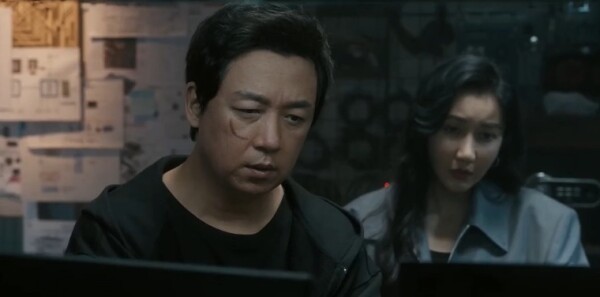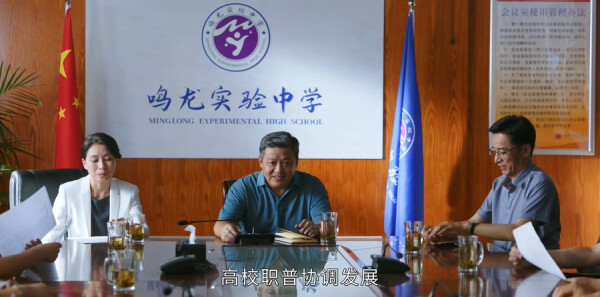Publishing, Culture, and Power in Early Modern China《An Excellent Study
- 书评
- 2023-03-26 08:44:49
- 63
This work is a part of a larger project on the role of printing in the production of an alternative literary culture in this period. (p.1). Chow suggests that the expansion of commercial publishing facilitated the growth of a class of literary professionals who engaged in the commercial production of literary culture namely shishang (literati-merchants-businessman).
This book includes five chapters. Chapter 1 states that books were cheaply produced and were sold at low prices in the late Ming period by discussing various aspects of book production such as the cost of paper woodblocks carving and etc. Chapter 2 focuses on the operation of commercial publishing including how to obtain the manusc
Chapter 3 makes a close connection between the imperial examination system and the publishing boom in the sixteenth and seventeenth century. Chow points out that in order to make living a great number examines were involved in the commercial publishing as writers editors commentators proofreaders and such like. The abundant supply of those examinees working as commercial literary professionals directly results in the expansion of publishing boom in this period.
Chapter 4 explores the significant role of publishing “in the battle between the imperial government and the examinees in controlling the interpretations of the Confusion canons” (p.150) After examining a variety of discursive strategies in the late Ming Chow argues that the commentaries on the Four Books produced by commercial publishers are intended to guide or control the reader’s way to construct meaning and thus to challenge the authority of official interpretations of the classics. In Chapter 5 Chow outlines the process of how literary authority is first produced by high official at the center of the Ming court and later obtained by shishang writers in the commercial market. He considers that thanks to the commercial publishing shishang writers could determine the literary taste by disseminating their writings and poetics in book market and make themselves a name in the literary history. Relating this point to Chapter 3 we can clearly see that commercial publishing not only brings much profit to shishang writers but also makes them more famous in their contemporary world.
Generally speaking this book is a path-breaking study of Chinese print culture. The usage of two key concepts –“field” (Pierre Boudieu) and “paratext” (Gerard Genette)—is also very inspiring not only for history scholars but also for literary studies.
本文由作者笔名:小小评论家 于 2023-03-26 08:44:49发表在本站,文章来源于网络,内容仅供娱乐参考,不能盲信。
本文链接: http://www.w2mh.com/show/28660.html
 小小评论家
小小评论家






















